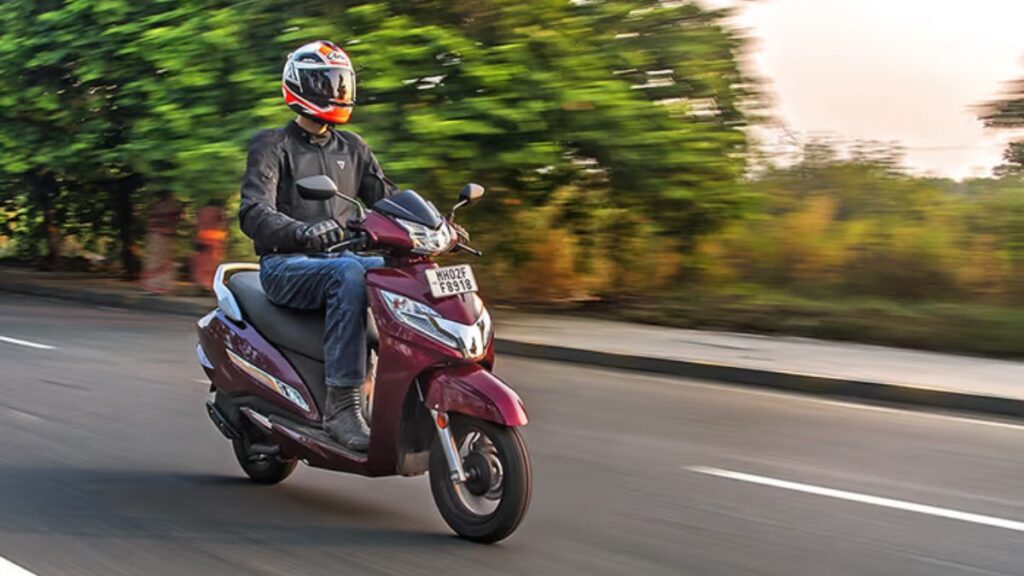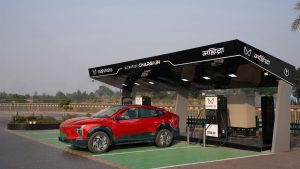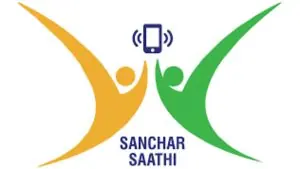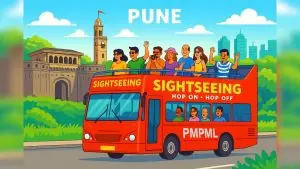ABS, Along With Two BIS-Certified Helmets, Made Compulsory for all Two-Wheelers Sold from 2026; Will it Impact Two-Wheeler Prices?

In a significant move to enhance road safety, the Ministry of Road Transport and Highways (MoRTH) has announced that all two-wheelers manufactured from January 2026 must come equipped with an Anti-lock Braking System (ABS). Additionally, dealers will now be required to provide two BIS-certified helmets—one for the rider and one for the pillion—with every two-wheeler sale. Detailed guidelines regarding these regulations are expected to be released soon.
New Safety Regulations for Two-Wheelers
1. ABS Becomes Mandatory for All Two-Wheelers
Currently, two-wheelers with an engine displacement of 125cc and above must have ABS, while smaller-capacity bikes (below 125cc) use a Combined Braking System (CBS). However, starting in 2026, ABS will be compulsory across all two-wheeler categories, regardless of engine size.
The government’s decision stems from alarming data showing that a large percentage of two-wheeler accidents occur due to skidding under hard braking and head injuries. ABS prevents wheel lock-up during sudden braking, especially on slippery surfaces, significantly reducing the risk of skidding and subsequent crashes.
2. Two Helmets to Be Provided with Every Two-Wheeler Sale
To further improve rider safety, dealers must now include two Bureau of Indian Standards (BIS)-certified helmets—one for the rider and one for the pillion—with every two-wheeler purchase. This move aims to reduce fatalities caused by head injuries, which are a leading cause of death in two-wheeler accidents.
Impact on Two-Wheeler Prices
While these regulations are a major step forward for road safety, they will also lead to a price increase, particularly for entry-level motorcycles and scooters.
- ABS and Front Disc Brake Integration: The inclusion of ABS along with a front disc brake is expected to raise the cost of entry-level bikes by over ₹5,000.
- Affected Models: Budget-friendly motorcycles like the Hero Splendor, Honda Shine 100, and Bajaj Platina 100 will likely see a significant price hike, impacting price-sensitive buyers.
Government’s Road Safety Vision
The new regulations align with the government’s broader goal of reducing road accidents and fatalities, particularly among two-wheeler riders, who account for a large portion of road crash deaths in India. By enforcing ABS and mandatory helmet provisions, authorities hope to minimize accidents caused by braking failures and head injuries.
What’s Next?
The Ministry of Road Transport and Highways will soon release detailed guidelines outlining the implementation process, compliance requirements, and potential penalties for violations.
Final Thoughts
The mandate for ABS on all two-wheelers from 2026 and the helmet provision rule are progressive steps toward safer roads. However, the resulting price increase may challenge affordability in the entry-level segment, forcing manufacturers and buyers to adapt.
As India moves toward stricter road safety norms, these changes could significantly reduce accident-related injuries and deaths, making two-wheeler travel safer for millions.









